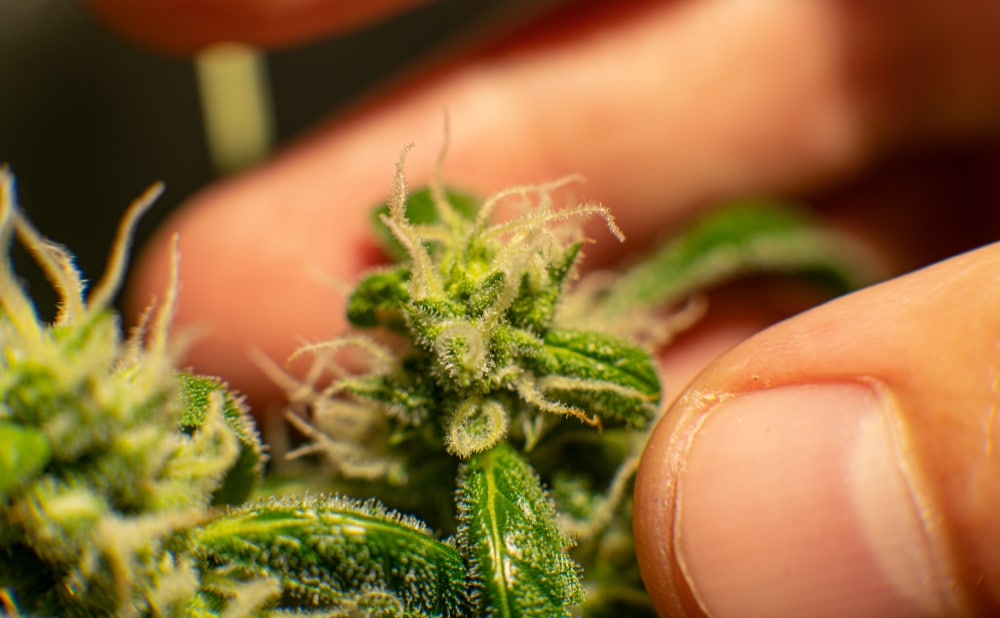SHOP SMOKING
OUR ONLINE SHOP HAS ARRIVED
DISCOVER OUR SWEATSHIRTS, T-SHIRTS WITH EXCLUSIVE DESIGNS AND MUCH MORE
SHOP SMOKING
OUR ONLINE SHOP HAS ARRIVED
DISCOVER OUR SWEATSHIRTS, T-SHIRTS WITH EXCLUSIVE DESIGNS AND MUCH MORE

The cannabis plant comes from the Cannabaceae family, which is made up of 3 subspecies: indica, sativa, and ruderalis. The first two are the best known and most widely used, as the ruderalis subspecies has a very low THC concentration.
However, although they all have the same high THC, the differences between indica and sativa are numerous, especially with regard to two factors: the climate and the high.
Indica varieties owe their origin mainly to the region of Central Asia and the Indian subcontinent. They usually grow in mountainous areas with extreme climates, so they are very hardy.
Some of the regions where this variety is most present are Afghanistan, India, Nepal, Pakistan, or Tibet.
However, sativa strains grow mostly in tropical climates, so their origins are more likely to be in Thailand, southern India, or areas such as Mexico and Jamaica.
Growing in tropical areas also encourages sativa strains to grow taller and enjoy a development throughout the flowering phase that can be up to 300% larger than their vegetative size.
Comparing this difference between indica and sativa, the former only increase their height by 50% to 100% during the flowering phase.
All these climatic conditions also affect the type of plant and buds obtained. Indica varieties are more robust, more compact, with buds that stand out for being heavy and dense. Sativa varieties, on the other hand, are larger in size and their buds are distributed along the branches, while in Indica varieties they appear in the form of clusters.
Even the flowering time is different. Sativa strains, which enjoy a more or less stable temperature with 12 hours of light per day, as is typical of tropical climates, take it easy during flowering, which can take up to 90 days.
Indica strains, on the other hand, have to take advantage of the light and warmth as soon as they get the chance, so they speed up the flowering process, which can take as little as 45 days.
The other decisive factor in the differences between indica and sativa is the effect offered by each subspecies, which is logically related to the CBD and THC percentages.
Indica strains have a higher concentration of CBD than sativas, but a lower percentage of THC.
The effects are relaxing, altering the senses and even soporific if consumed in large quantities.
Almost the opposite is true for sativa strains, which produce a state of euphoria, creativity and much more energy.
When it comes to indica and sativa strains, there are plenty of options to choose from. These are the most popular of each:
Most famous indica strains:
Most famous sativa strains:
Some of these strains are hybrids, and the great thing about both Indica and Sativa being subspecies of the cannabis species is that they can be crossed without any problems.
